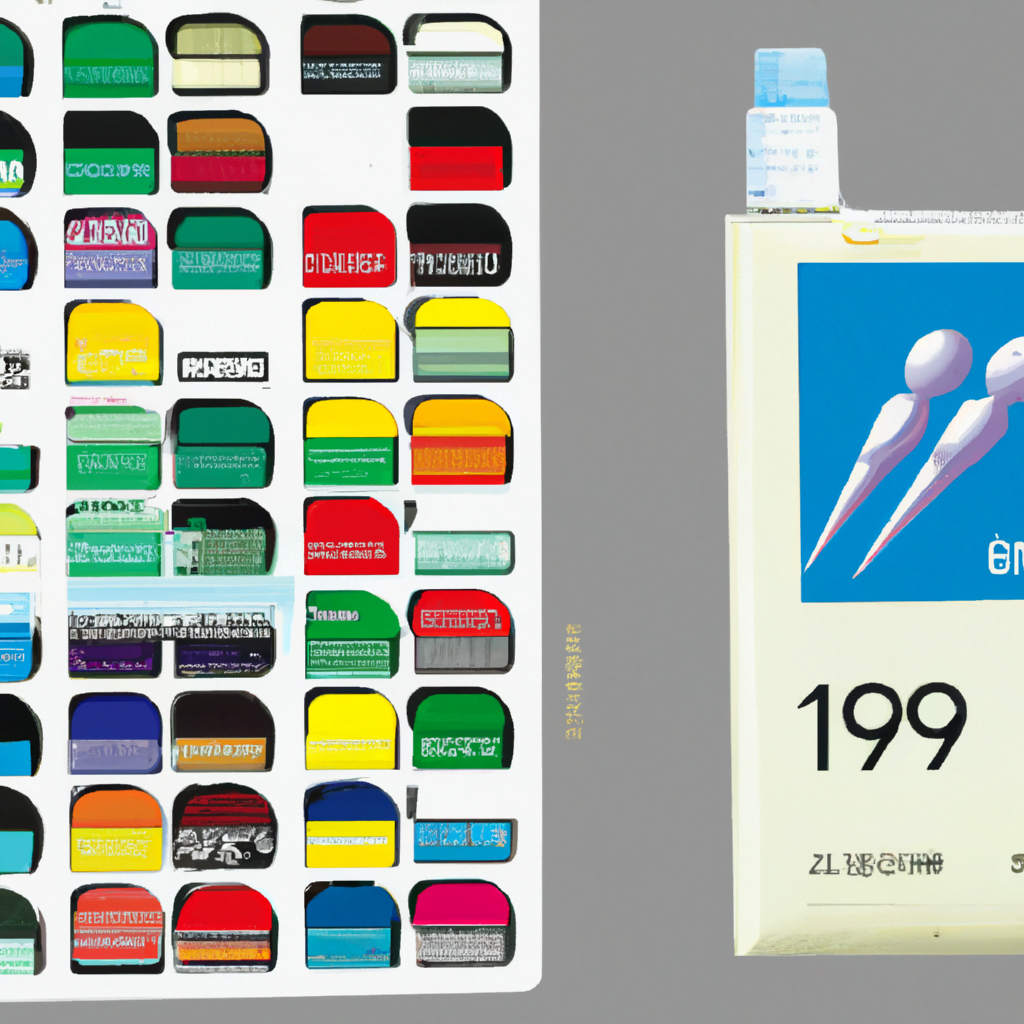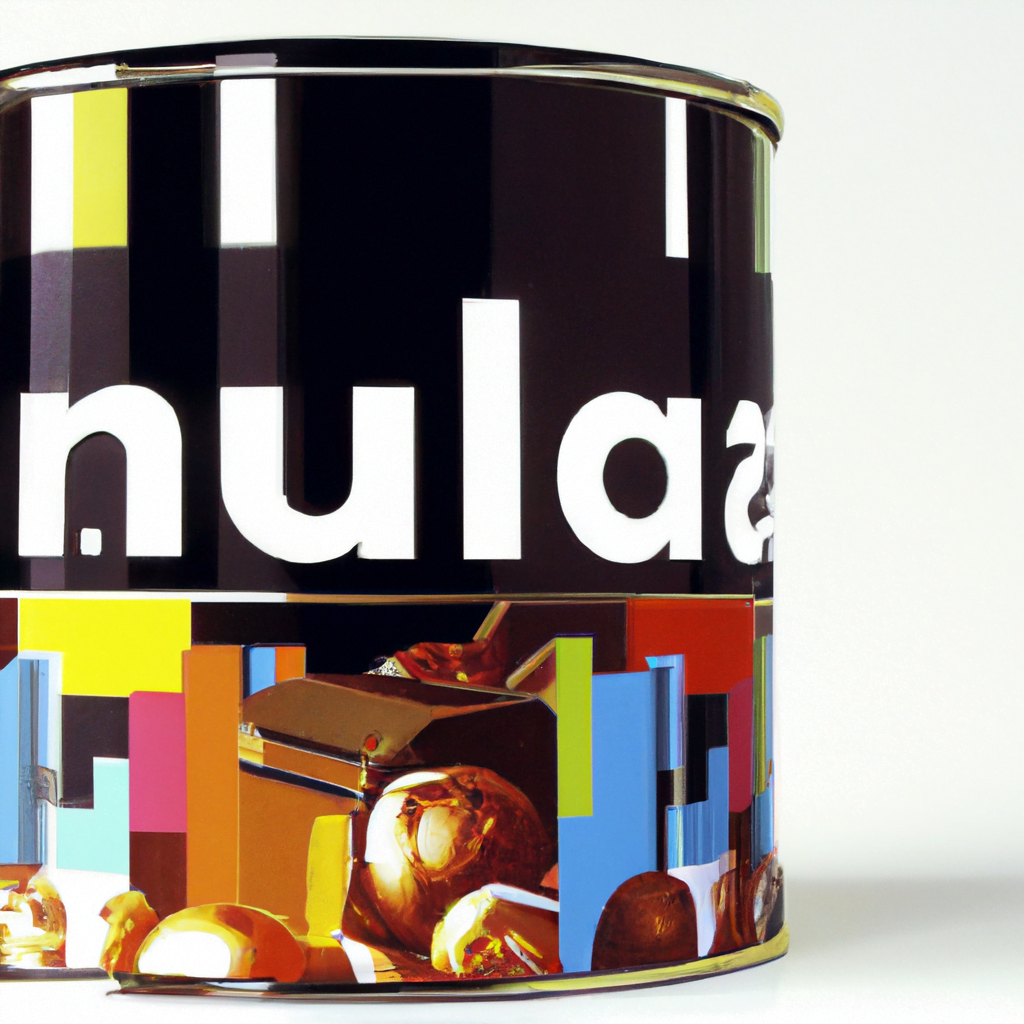
Interactive Packaging Experiences: The Future of Product Packaging

Product packaging has come a long way from being just a container for the product. Today, packaging is an essential part of the marketing mix, and brands are using it to create unique experiences for their customers. Interactive packaging experiences are the latest trend in the packaging industry, and they are changing the way consumers interact with products. In this article, we will explore what interactive packaging experiences are, why they are important, and how brands can use them to create memorable experiences for their customers.
What are Interactive Packaging Experiences?
Interactive packaging experiences are packaging designs that engage customers in a unique and memorable way. These experiences can be anything from augmented reality (AR) to QR codes, NFC tags, and more. The goal of interactive packaging experiences is to create a connection between the customer and the product, making it more memorable and increasing the likelihood of repeat purchases.
One example of interactive packaging experiences is the Coca-Cola “Share a Coke” campaign. The campaign involved printing popular names on Coca-Cola bottles and cans, encouraging customers to share a Coke with someone whose name was on the packaging. The campaign was a huge success, with Coca-Cola reporting a 2% increase in sales in the US and a 7% increase in the UK.
Why are Interactive Packaging Experiences Important?
Interactive packaging experiences are important for several reasons. Firstly, they create a unique and memorable experience for customers. In a world where consumers are bombarded with advertising messages, interactive packaging experiences stand out and create a lasting impression.
Secondly, interactive packaging experiences can increase customer engagement with the product. By creating a connection between the customer and the product, brands can increase the likelihood of repeat purchases and build brand loyalty.
Finally, interactive packaging experiences can provide valuable data for brands. By tracking customer interactions with the packaging, brands can gain insights into customer behavior and preferences, which can inform future marketing campaigns and product development.
How Can Brands Use Interactive Packaging Experiences?
There are several ways that brands can use interactive packaging experiences to create memorable experiences for their customers. Here are some examples:
Augmented Reality
Augmented reality (AR) is a technology that overlays digital content onto the real world. Brands can use AR to create interactive packaging experiences that allow customers to see the product in a new way. For example, a cosmetics brand could use AR to show customers what they would look like wearing different shades of lipstick.
QR Codes
QR codes are two-dimensional barcodes that can be scanned using a smartphone. Brands can use QR codes to provide customers with additional information about the product, such as ingredients, nutritional information, and product reviews. QR codes can also be used to provide customers with exclusive discounts and promotions.
NFC Tags
Near Field Communication (NFC) tags are small chips that can be embedded in packaging. Customers can tap their smartphone on the packaging to access additional information about the product or to participate in a promotion. For example, a coffee brand could use NFC tags to provide customers with information about the origin of the coffee beans.
Interactive Packaging Design
Interactive packaging design involves creating packaging that is visually engaging and encourages customers to interact with the product. For example, a cereal brand could create packaging that doubles as a game board, encouraging customers to play a game while they eat their cereal.
Case Studies
Several brands have already implemented interactive packaging experiences with great success. Here are some examples:
Heinz Ketchup
Heinz Ketchup created a limited edition packaging design that featured a QR code. When customers scanned the QR code, they were taken to a website where they could create a personalized label for their bottle of ketchup. The campaign was a huge success, with Heinz reporting a 48% increase in sales.
McDonald’s
McDonald’s created a packaging design that featured an AR game. Customers could download an app and scan the packaging to play the game. The campaign was a huge success, with McDonald’s reporting a 30% increase in sales.
Johnnie Walker
Johnnie Walker created a limited edition packaging design that featured an NFC tag. When customers tapped their smartphone on the packaging, they were taken to a website where they could learn more about the history of the brand and the production process. The campaign was a huge success, with Johnnie Walker reporting a 25% increase in sales.
Conclusion
Interactive packaging experiences are the future of product packaging. Brands that implement interactive packaging experiences can create unique and memorable experiences for their customers, increase customer engagement with the product, and gain valuable data for future marketing campaigns and product development. By using technologies such as AR, QR codes, NFC tags, and interactive packaging design, brands can create packaging that stands out and creates a lasting impression.
